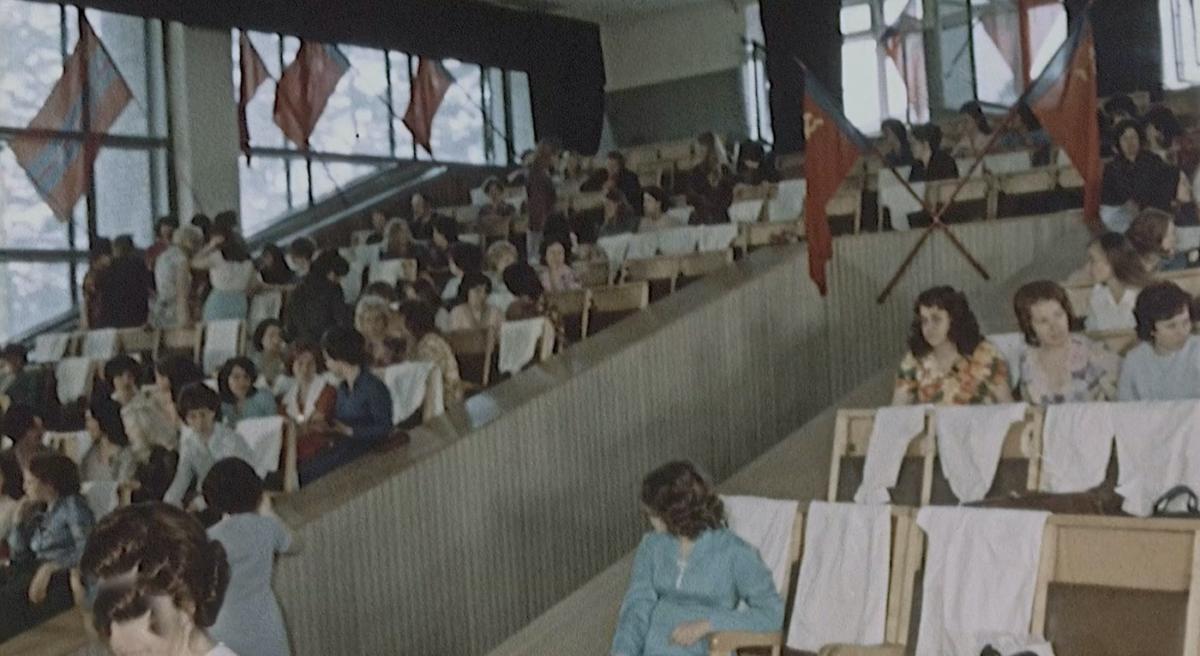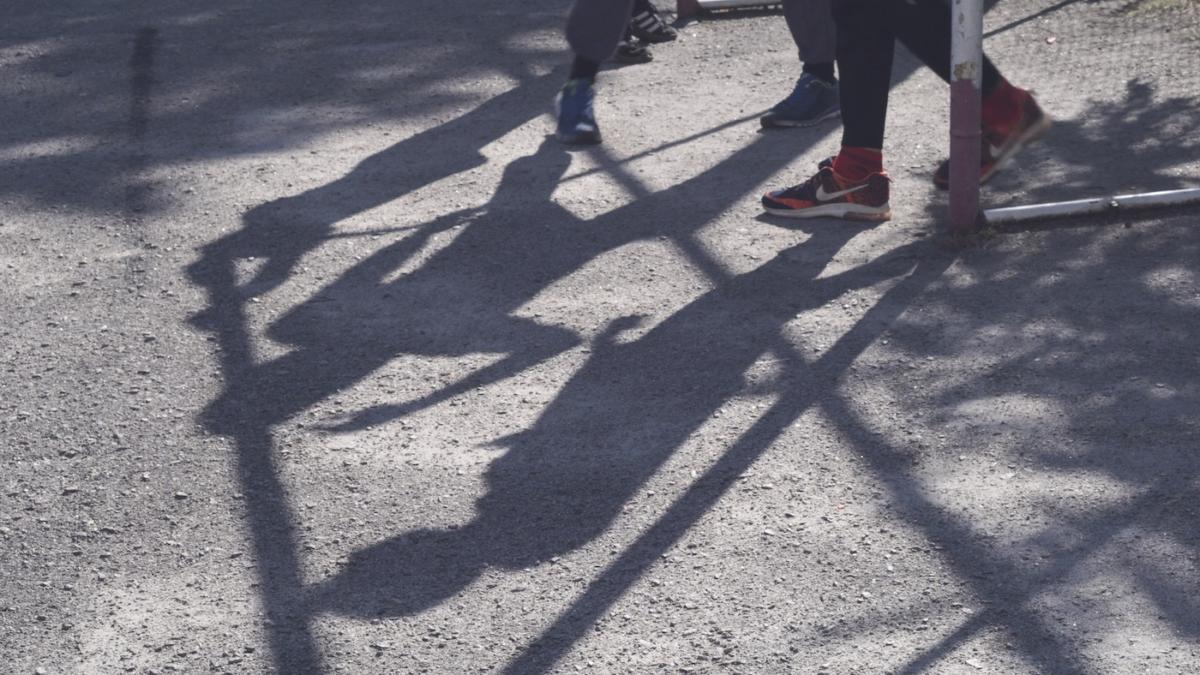There Are No Times Disappearing With No Traces. Ingel Vaikla In Conversation

Alicja Melzacka: Let’s start by introducing the readers to your recent curatorial endeavour: the second edition of the film programme within the scope of Tallinn Photomonth. The first edition you curated in 2017, called Imagining Places, featured a cross-generational selection of artist-films, as well as, some experimental, archival, and documentary films. What was the focus of this year’s programme and what is the relationship between the two editions?
Ingel Vaikla: In the first edition, I worked a lot around the relationship between architecture and moving image. As it is often the case with my own practice, architecture functioned as a trigger, an entry point to address the questions of collective memory, identity of places, etc. In a way, this interest continues this year, but the major focus is on constructing identity or identities of ‘Eastern Europe’. This year’s programme, Work Starts Now , co-curated with Jesse Cumming, explores what post-soviet societies can be, what are the taboos they are dealing with right now, and what are the perspectives for the future. The programme consists of three parts, of which each takes a different perspective at this broad subject.
Maybe it’s a good moment to focus in particular on the second part of the programme, East from West. This title instantly relates to the debate about the use of such value-laden terms as ‘centre’ or ‘periphery’. The preposition ‘from’ indicates the dynamics but also suggests the distance between the two counterparts: East and West.
East from West is very directly questioning the position from which a subject is speaking. When we say ‘the West’ or ‘the East’, we are positioning ourselves not only geographically but also culturally, speaking from our own centre. Eastern Europe exists only in relation, or in opposition, to something else. But there is also some irony to this title. The same holds true for the title of the third part of the programme, Better Half, which deals with works by female filmmakers. By means of language, I consciously – and maybe a bit dangerously – play with those clichés. Very central to the programme has been the ongoing debate around the post-colonialism, which poses the question of who is allowed to tell the stories of the subjugated. Who then is allowed to tell the stories of Eastern Europe?
My initial idea was to give platform to the filmmakers from the former Soviet Union and the satellite states. At the same time, it was important to me not to reinforce the East-West dichotomy and instead, to invite also the artists from the ‘outside’, dealing with these topics without perpetuating the ‘Western gaze’. This is why, for example, Sharon Lockhart’s Podwórka has been included in the programme. I admire how respectfully she deals with the context. Her film returns in a way to this original fascination with architecture; she manages to avoid a kind of glorification or fetishisation of Socialist Modernism, but instead focuses on how people deal with this legacy today, how it is being used. In following a group of children playing in this landscape, she transforms the negative connotations into something positive.
When we say ‘the West’ or ‘the East’, we are positioning ourselves not only geographically but also culturally, speaking from our own centre. Eastern Europe exists only in relation, or in opposition, to something else.
Recently, I have been thinking a lot about how my own identity is shaped and how this process is very much affected by predetermined notions about geographical locations where I lived and worked, and all kinds of stereotypes and ethnotypes related to them. In this programme, I have tried to to break with the existing cliché, enforced mostly by the ‘western gaze’, and open up the visual identity of Eastern Europe, by showing different, possibly contrasting, perspectives.
You have been interested not only in the image of the East as seen from the outside but also in the question of self-representation. The contemporary identity of Eastern Europe is shaped on the one hand by strategies of self-colonisation, striving to imitate the ‘western’ culture and, on the other hand, the mythologisation or romanticisation of certain aspects of the past. How do you address those issues through the programme?
I think this strong yearning towards the Western societies and ideas is a major problem. The post-soviet countries which have been independent only for 27 years have been skipping many steps in an attempt to ‘catch up’ faster… However, not everything in this transformation process is quantifiable, and it is often the mere surface that is transformed. The society needs time to acknowledge the problems lying underneath for the real change to occur. This is why the last part of the programme, Better Half came about. When working on it, I was very much inspired by Renata Salecl’s book The Spoils of Freedom, speaking about equality and double-standards. While many people want to present themselves as very open-minded, there are still all sorts of deeply ingrained taboos and stereotypes. By these taboos I mean very strong patriarchy, all the nationalist, racist, homophobic agendas, inherited from the Soviet past. Estonia, for example, has one of the biggest wage gaps in Europe; we are earning approximately one-third less than men. So even though it seems to be one of the most progressive ex-Soviet countries, there is a lot to be done in terms of gender equality and solidarity.
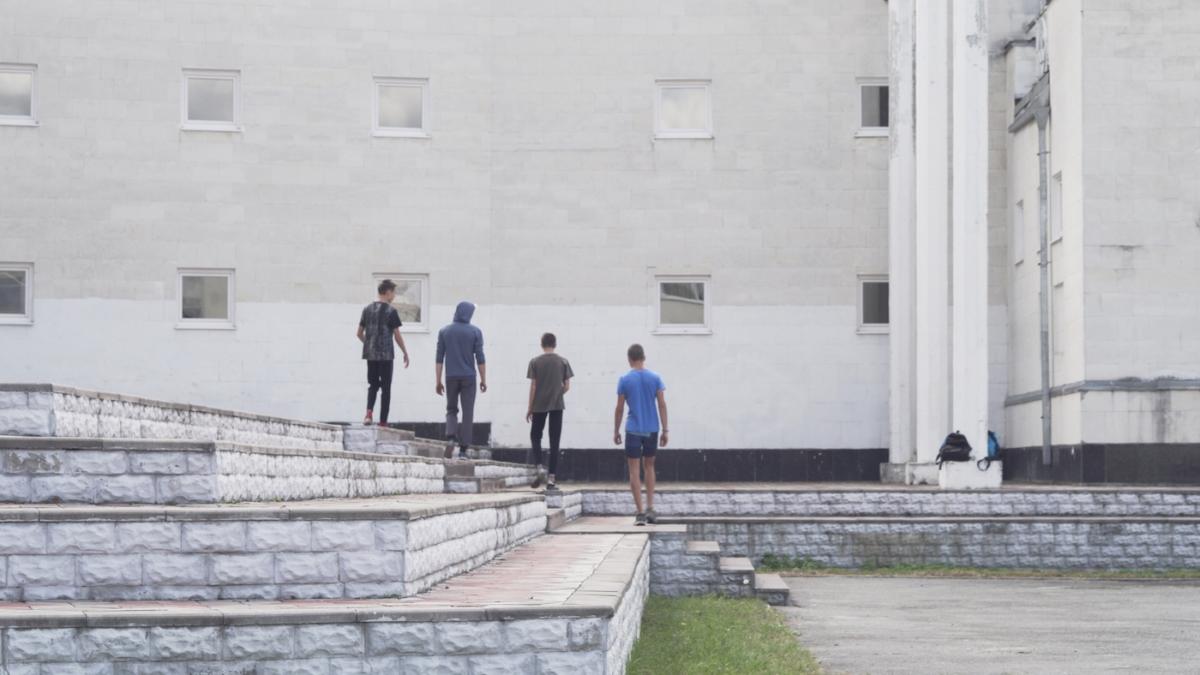
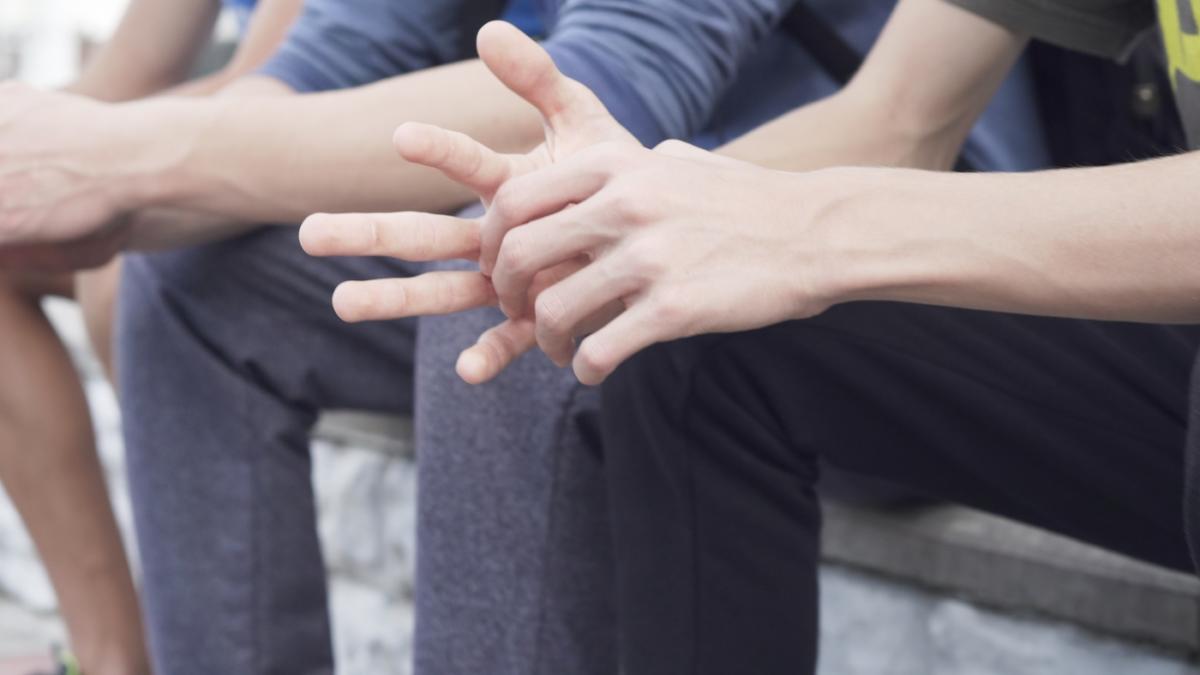
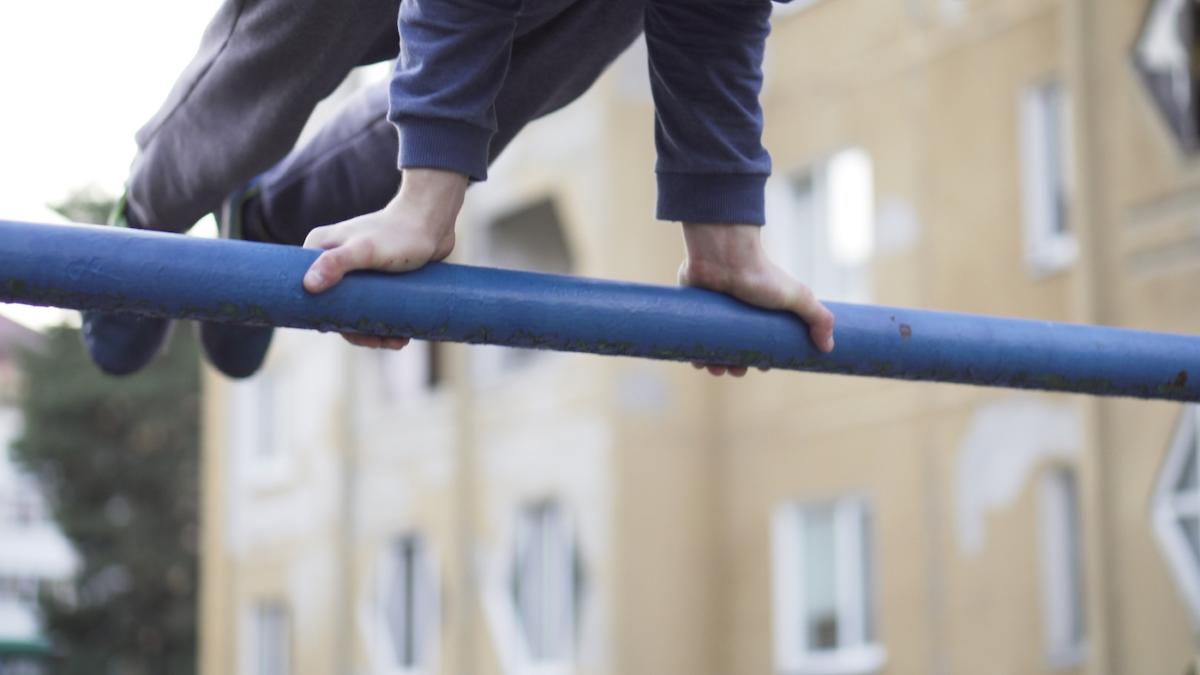
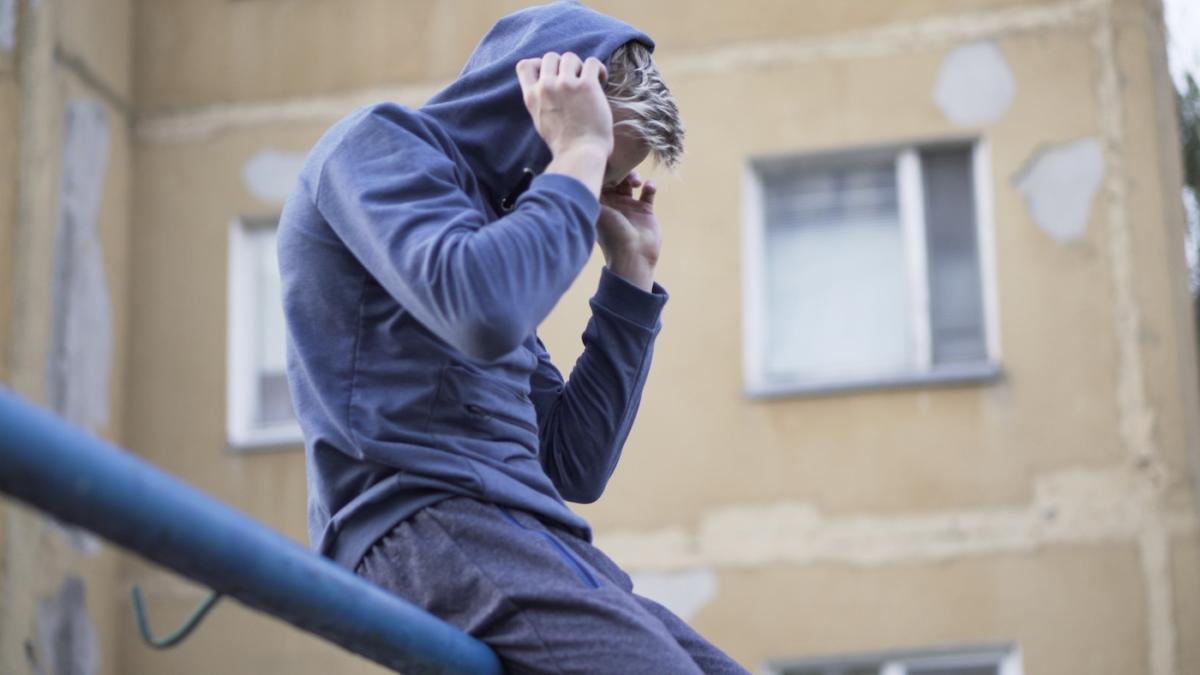
Better Half is not just another opportunity for a critical conversation with peers but an actual response to this problem. It is a small contribution to the fight for the visibility of female filmmakers, and even if it’s just a humble programme during Tallinn Photomonth, it is important.
We live in times when socialism has been declared defeated and, as Franco Bernardi said, its memory criminalised. In your curatorial text, you also state that the image of Eastern Europe is often instrumentalised as a living proof of no alternative to the neoliberal world order. It seems that all the utopian narratives have been discredited. How do you try to revive them through the programme? And what is the contemporary importance of those kinds of narratives?
In a way, there is something seductive about the communist dream, especially when you are a young person, reading the ideas on paper, in your cosy apartment, sipping kombucha… Then, there is the older generation, deeply traumatised by the communist experience and rejecting everything about it. So there are those two opposing positions – a naive fascination and a conviction about failure. Through the selection of films, I didn’t want to give answers to anything, but try to find a way of meandering between those two extreme attitudes. I wanted to accommodate the feelings of nostalgia, yearning, loss that are often romanticised, but also trigger the imagination of what could happen in the future. The moment we stop dreaming, we lose the motivation to keep on going, to keep on working towards something. At the same time, we cannot forget or else we keep repeating the same mistakes all over again. I think those two things are interlinked – if we cannot remember, we can hardly imagine. Memory is the ground for imagination. That’s simply how our brain works; we literally use our recollections from the past to be able to project the future.
An example of a film implicitly dealing with those questions is Horizon by Sid Iandovka and Anya Tsyrlina, two filmmakers based in Switzerland. The film was edited from found-footage of Sid’s home town in Siberia. The filmmakers consciously exploit the kind of post-soviet aesthetics which has become so ‘hot’ nowadays, and the film feels at times almost like a music video. Sid is also a musician and he created a very spacey, atmospheric soundscape for the film. This is probably the moment when the programme takes the science-fiction turn.
Then, there is Revisiting Solaris by Lithuanian artist Deimantas Narkevičius, reimagining the last chapter of Lem’s book Solaris, which Tarkovsky never used in his film. In Revisiting Solaris, Chris Kelvin – performed yet again by Donatas Banionis, the leading actor in Tarkovsky’s film – reflects on his brief visit on the surface of Solaris, shortly before his return from the space mission. To visualise the cosmic landscape of the planet, Narkevičius used photographs taken in 1905 by Lithuanian symbolist Mikalojus Konstantinas Čiurlionis in Anapa, a town on the northern coast of the Black Sea. The real-life site becomes this fantastic location. A similar effect can be seen inn Andres Sööt’s film 511 best photographs of Mars…
Memory is the ground for imagination. That’s simply how our brain works; we literally use our recollections from the past to be able to project the future.
I borrowed the title of this interview from Sööt’s film, in which he integrated fragments of poems by Artur Alliksaar and writings on astronomy. The film premiered in 1968, only a few years after the Chronicles of Summer by Jean Rouch, which depicted everyday life in Paris in a way characteristic for ethnographic documentaries of that time. Rouch has turned his lens to the ‘western world’; in Sööt’s film, we can observe a similar movement. However, 511 best photographs of Mars introduces even more distance between the filmmaker and the seemingly ordinary people sitting in the café. Could you tell something more about this film and why did you decide to open with it?
I really love the light humour present in this film and the idea that today, it has become a sort of archival material. The film was shot with a hidden camera in a typical Soviet-style cafeteria. At that time, the culture of cafeterias was really blooming. It seems that because so little was possible, people did their best to cultivate what was still there. The voice-over on top of the images, mixing poetry with popular science texts about Mars, puts everything you see in a different perspective. The filmmaker is approaching people as a kind of rare species from Mars, assuming a very detached position, which is however softened and made more humane by means of humour. In the film programme, I wanted to include a work which would not be just a reflection on a particular time but which was actually made in that time.
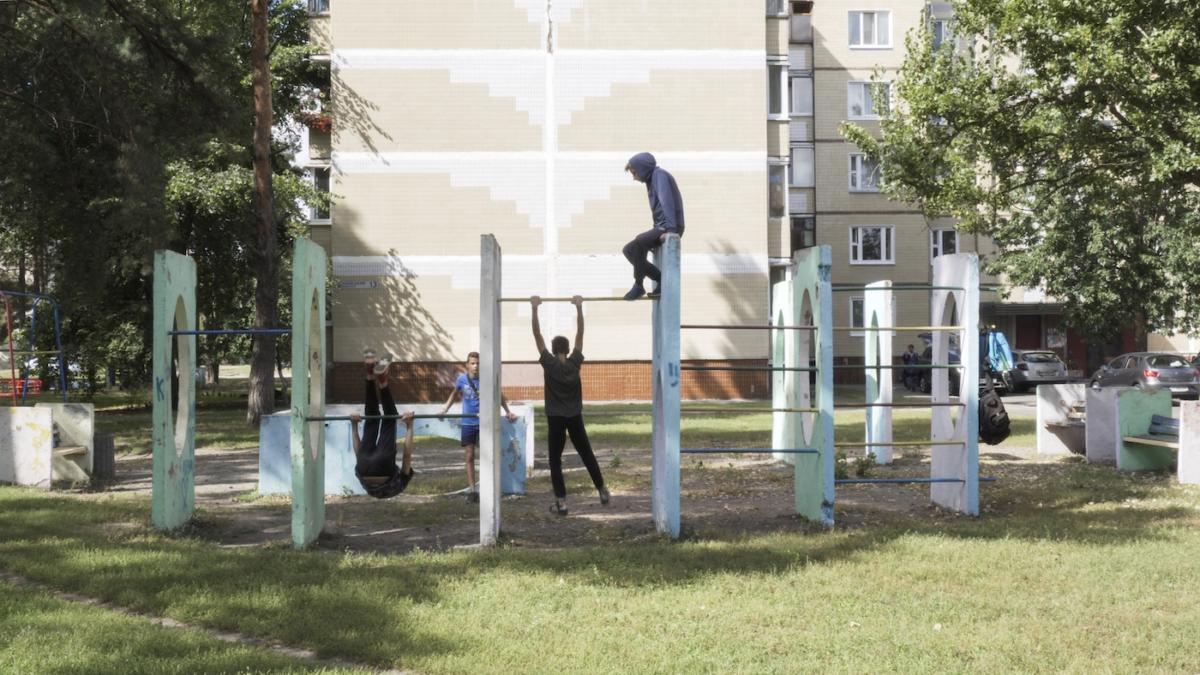
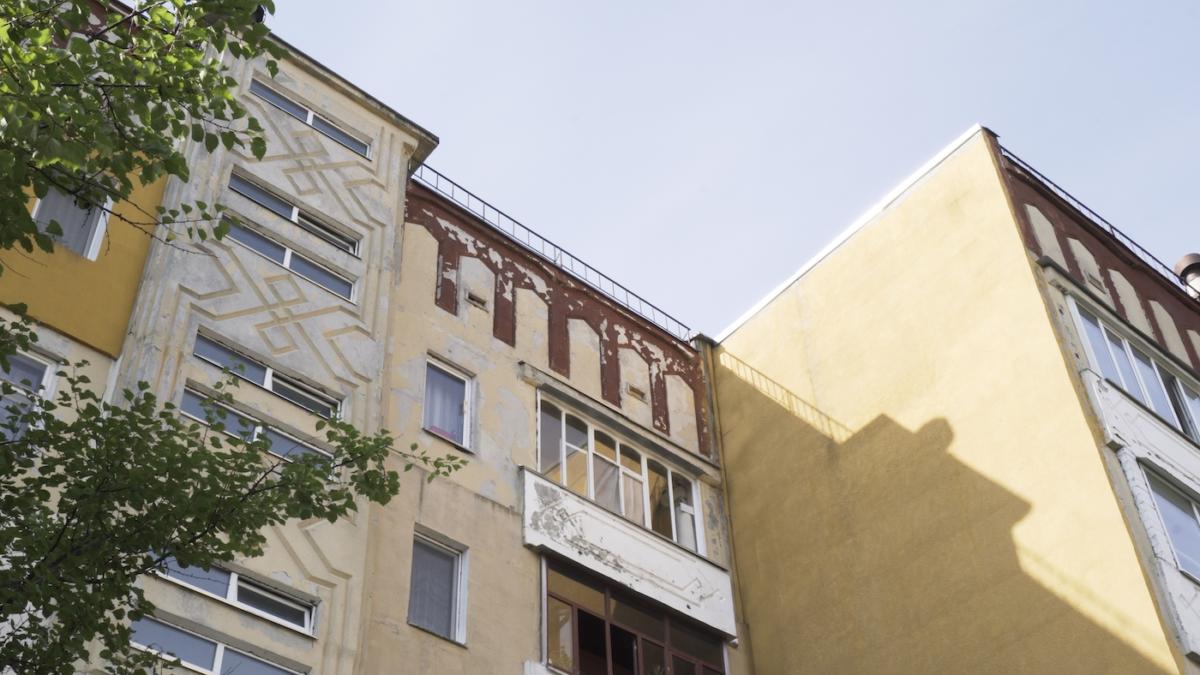


Besides, I was really impressed by Andres’ work; I think such an experimental work is hard to find in Estonia today… I think it might have something to do with testing the boundaries. Back in the Soviet times, the artists were constantly testing out the limits they were not allowed to cross. This film is a document of its time, showing how the artist is trying to navigate between all those constraints and conceal some subversive wit in his work. It sounds limiting, but it must have been also a very exciting time. Nowadays, when everything seems possible, it seems as if we sometimes lack a certain commitment.
I would like to return again to the question of nostalgia and romanticisation… In your own practice, how do you deal with approaching the subject matters related to the history of your country, the subjects that you are physically and/or temporally distant from – in the sense of living abroad and dealing with inherited memory?
First of all, I try to be very aware of my own position or entitlement before I speak up, and I try not to speak from only my personal perspective but also be aware of other points of view. Empathy is really important in this process. But at the same time, I can not take away the fact that I grew up in Estonia, amongst all those stories and physical reality that reminded me of that time. In the end, you are just you – a human being with emotions and feelings, having a need to express something. I think taking a distance in terms of time and space allows you for seeing things more clearly. The things which seem obvious in your surroundings, things you are immersed in, don’t raise so many questions. But once you are out of that environment, you start being curious about it, questioning it.
Let’s move on to what you are you working on right now. Are the questions we discussed equally important for the project you are shooting in Slavutych?
Let me first tell you more about the location itself. Slavutych is the last mega architectural project Soviet Union ever executed. It was founded following the nuclear catastrophe in Chernobyl; it was planned in two months and built only in two years. The project was executed so fast because the evacuated people desperately needed a new home. The city has eight districts, corresponding to eight Soviet republics which joined forces to build it. There is a Tallinn district, Riga district, Moscow district, and so on– all of them designed by architects and executed with materials and by workers from a given country. What this city is dealing with right now are the same kind of problems faced by many post-soviet countries: low salaries, young people leaving, decaying architecture…
It’s quite difficult for me to talk about something that has become a kind of ‘hype’ – the entire Chernobyl site has become very attractive in the recent years. But this is not what I want to talk about in this project. In my work so far, I have been focusing more on the failure of architecture, on the spaces which were abandoned and remain empty. This time, I wanted to address not what people leave behind but where they arrive at, the spaces that have offered some kind of solutions to these problems. From the very beginning, I set out to work with the questions I had about Eastern Europe and its identity, and the way it is represented in visual culture, but I felt I could not just go back home to work with that subject because it was too personal. I thought that going to Ukraine could be somehow a solution because of our countries’ shared history. This project is still in progress and I am planning to collaborate with a local camera operator, who will help me get to know the context and avoid this romanticisation I am struggling with. This will allow me to keep a healthy distance which I lack when working with something I know too well. I want to put myself in a position of being a stranger but at the same time coming back to something which feels very familiar to me.
Imprint
| Index | Alicja Melzacka Ingel Vaikla |

